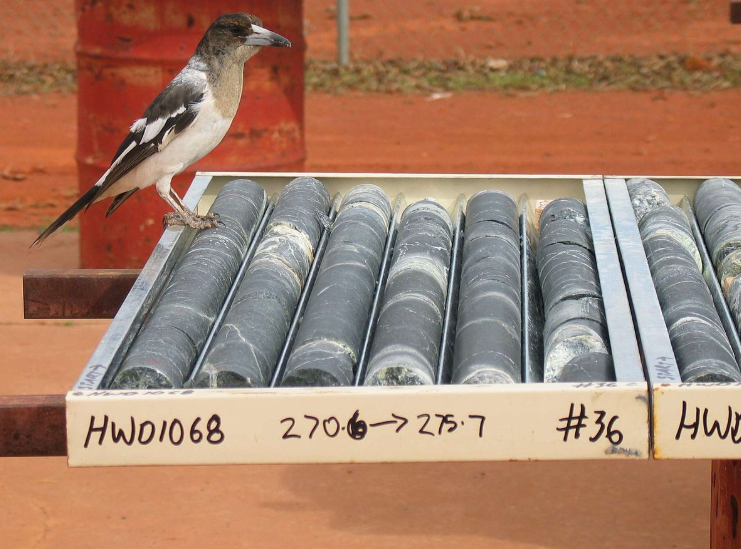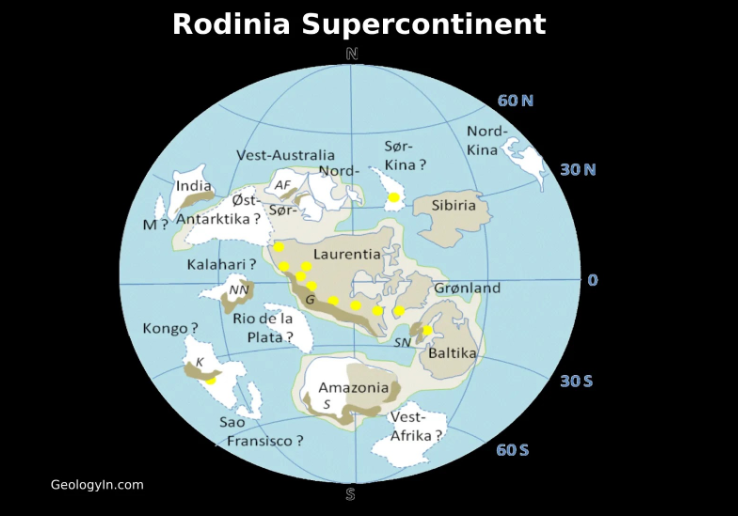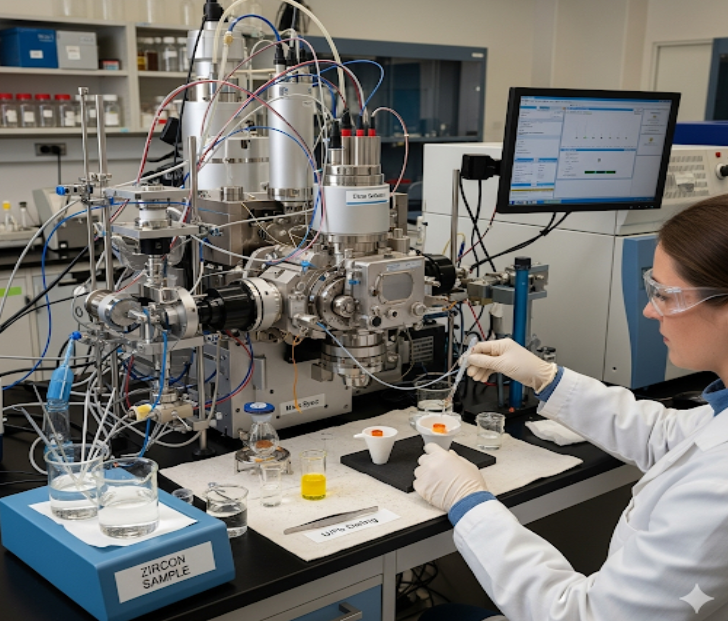Ancient Australian rocks reveal enormous new niobium deposit formed when supercontinent began to break up.
Australian ancient rocks have revealed an enormous new niobium deposit. The discovery is vital to clean energy technologies and high-strength steel. A new Curtin University study details the discovery.
Discovery of Niobium-Rich Carbonatites
Far in the Australian center, there were found rare carbonatite rocks. The rocks contain enormous niobium reserves. Niobium is a strategic metal used in technology today. The discovery was made in the Aileron Province. Researchers carried out an analysis of the drill core samples from the Aileron Province.

The study supports the exceptional quality of the deposit. The specified carbonatites are characteristic of the region. They differ remarkably from other geological formations. Their composition makes them very valuable for mining purposes.
Relation to Breakup of Supercontinent Rodinia
The deposit formed over 800 million years ago. This is about the same time that the supercontinent Rodinia ruptured. Continental rifting created deep faults in the crust of the Earth. The faults allowed a pathway for the ascent of magma from the mantle.

The tectonic process was instrumental in forming the deposit. Rifting process formed a pathway for metal-rich melts. These melts cooled and crystallized in the crust as a consequence. This formed the present-day niobium-bearing carbonatites.
Advanced Geochronology Methods Applied
The age was hard to define. Scientists applied multi-method geochronology. Drill core sample isotope dating was one of the methods used. The analysis detected emplacement from 830 to 820 million years ago.

Multi-method geochronology and isotope analysis provided a precise timeline of the niobium deposit’s formation
High-resolution imaging was significant as well. It helped to differentiate between original magmatic events and later alteration. This provided a clear history for the deposit’s geology. The technique solved long-standing issues in dating these rocks.
Tectonic Environment and Magma Rise
The tectonic setting was favorable for the formation of deposits. The fault zones were active for millions of years. The faults acted as conduits for the magma of the carbonatite. The magma was from the Earth’s deep mantle.
This mechanism is responsible for the deposit’s richness. Effective transport of the metals was supported by the open faults. Therefore, huge quantities were deposited in the crust. This mechanism is crucial for the formation of economic mineral deposits.
Strategic Importance of Niobium
Niobium is an extremely strategic metal. It is primarily used to produce high-strength steel. This steel is lighter and stronger than the traditional types. It is an important material used for aircraft, pipelines, and electric vehicles.

Niobium is critical in high-strength steel for pipelines, aircraft, EVs, and next-generation battery technologies
Secondly, niobium is used in advanced technologies. It is a key component in some next-generation batteries. It is also used in superconducting technologies. Demand for the metal worldwide is still increasing steadily.
Implications for Critical Mineral Supply
This discovery has important supply chain consequences. Australia could become a vital niobium Ancient Rocks producer. This would add variety to the supply of the metal on an international level. The production is now highly concentrated among several countries.
It is nice to have a fresh safe source of niobium. It enables technologies and manufacturing sectors internationally. It also enhances mineral security for many countries. It is particularly valuable for clean energy technologies.
Research Leadership and Publication
It was researched by Dr. Maximilian Dröllner. He is located in Ancient Rocks Curtin’s Frontier Institute for Ancient Rocks Geoscience Solutions. The University of Göttingen was another signatory. Co-author Ancient Rocks Professor Chris Kirkland contributed significantly.
The full results were published in ‘Geological Magazine.’ The paper’s name is ‘Multi-method geochronology and isotope geochemistry of carbonatites in the Aileron Province, central Australia.’ The study shows an integrated geological model.
Reconstructing a Complex Geological History
The rocks went through more than 500 million years of history. Scientists reconstructed their intricate history based on isotopes. This enabled them to determine the period of original formation. Subsequent modifications were also clearly differentiated.
This thorough examination was significant. It validated the origin of the deposit as well as its stored wealth. Knowledge about this history benefits future exploration activities. It offers a template for the discovery of such deposits elsewhere.
Market Outlook for Niobium
The global niobium market is anticipated to grow. Demand is driven by steel production and renewable energy technology. Growth, based on information from the IndexBox platform, is significant. This new deposit could satisfy future demand.
Merging supply from Australia would affect the market. It could stabilize prices and ensure a steady supply. This is worth it for most industries worldwide. The deposit is therefore economically significant.
Future Exploration Potential
The exploration techniques can be used in guiding future exploration. Knowing the tectonic Ancient Rocks environment is important. The same ancient rift trends may host other deposits. This has the potential to trigger more discoveries in Australia and world-wide.
Geologists are now able to target specific geological environments. This increases the success rate and efficiency of exploration. This, in turn, increases the discovery of significant mineral resources.
Also Read: Rare Blood Moon Set to Illuminate UK Skies During September Lunar Eclipse
Conclusion: A Significant Geological Find
The discovery proves the richness of mineral resources in Australia. Ancient Rocks Ancient rocks of Australia Ancient Rocks continue to yield bountiful resources. This niobium deposit is a testament to advanced geological exploration. It combines ancient history with modern technological needs.
The study reasserts the importance Ancient Rocks of fundamental geoscience. It unlocks knowledge Ancient Rocks about planet-scale processes. Eventually, it assists in the world’s transition to high-technology and clean energy.












